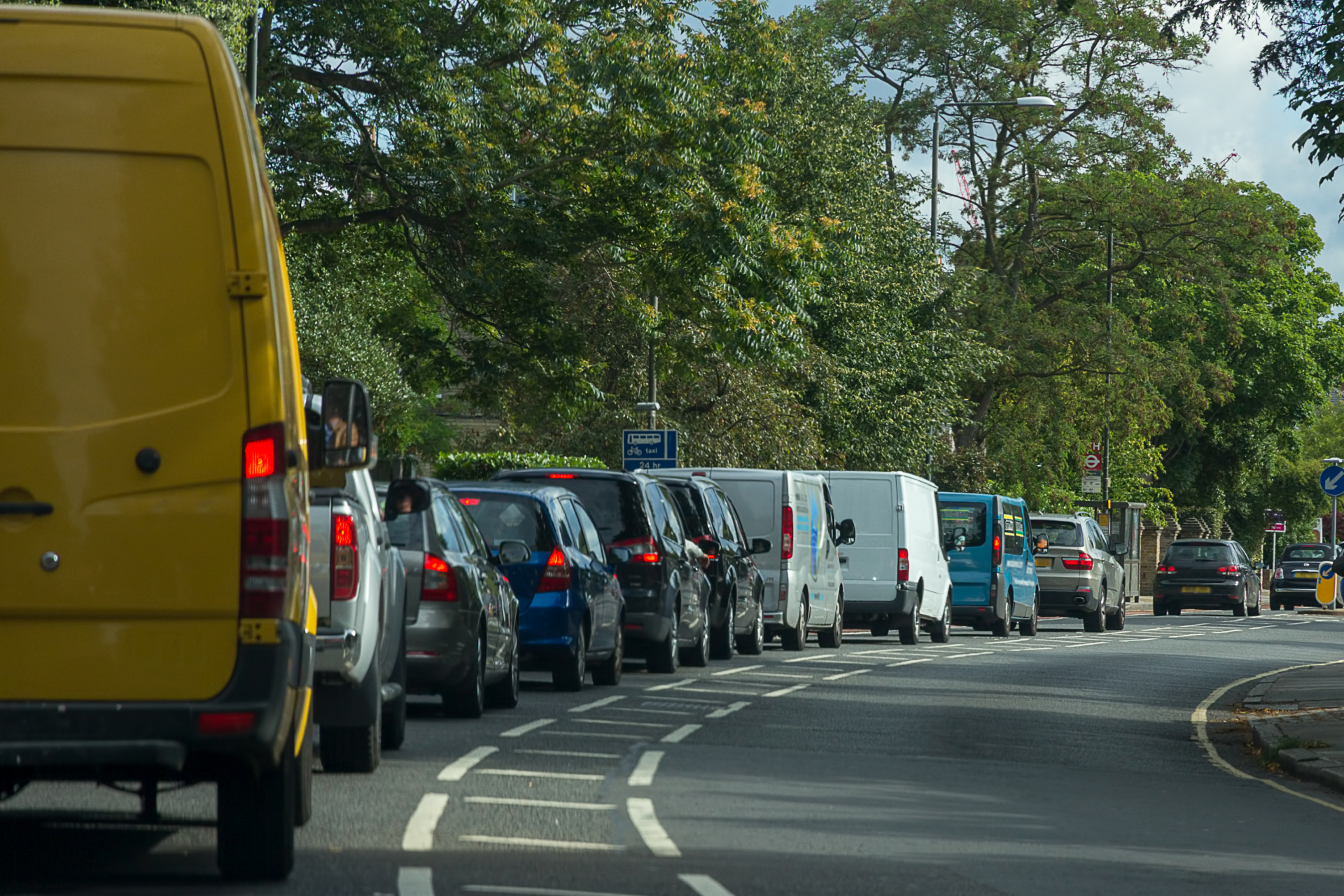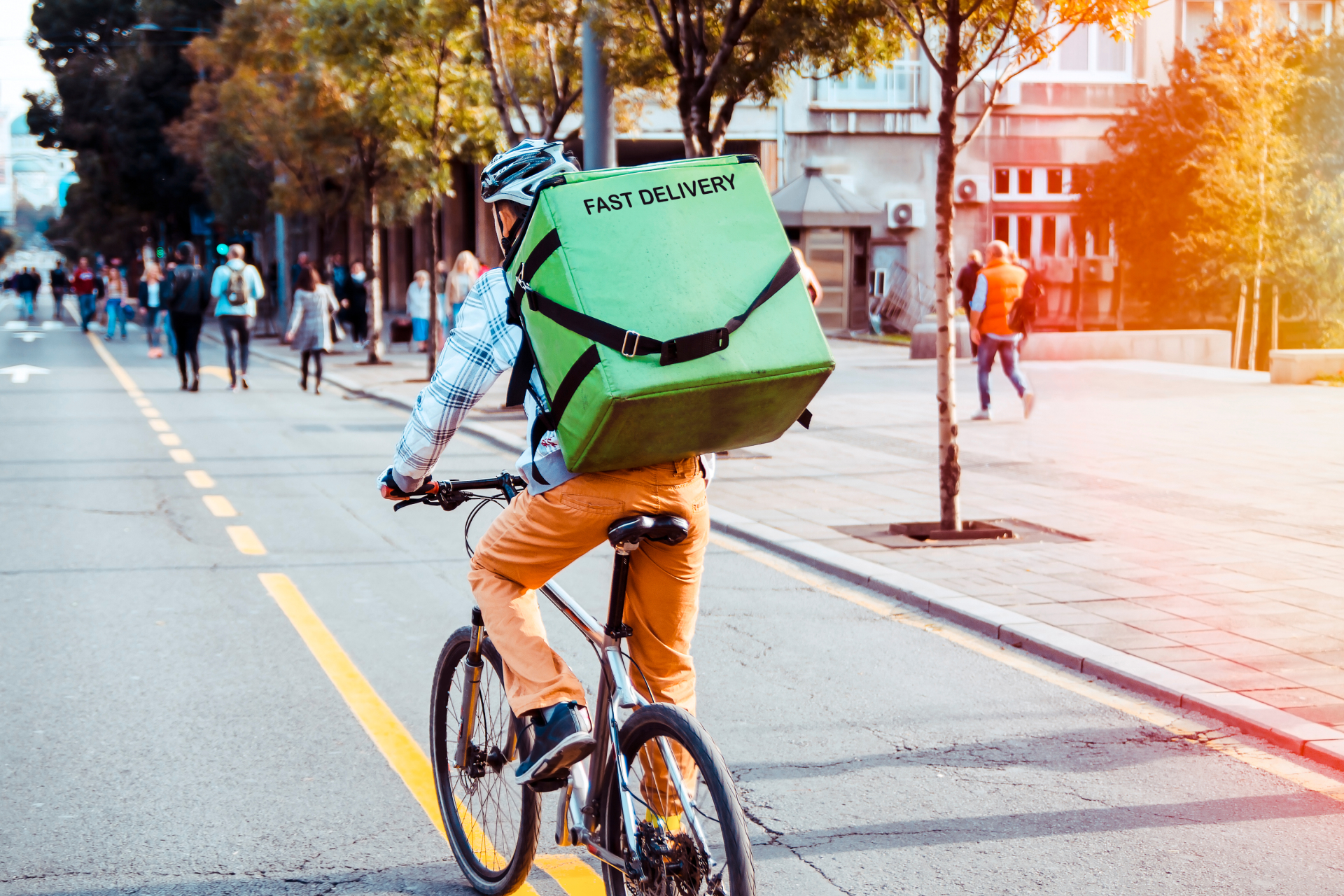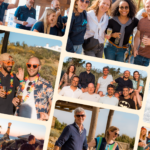


Digitalisation of the last mile is unlocking exciting new possibilities for retailers and logistics companies, with last mile delivery software capable of maximising the efficiency of their operations through powerful algorithms and predictive datasets.
In Europe, where pressure is mounting for organisations to greenify their operations these algorithms can also be used to drive greater sustainability by reducing the total number of vehicles on the road, kilometers driven and fuel burned.
In addition to route optimisation, new features such as intelligent delivery time slots at the point of sale help businesses to further promote sustainable logistics by ensuring higher drop density in urban areas.
Our CEO Jonathan has been talking to Springer Professional about these and other last mile issues. You can read the interview in German here…
“Algorithmen lösen das Problem der letzten Meile” – Springer Professional
… or alternatively, you can stay on this page for the English translation below!
The e-commerce boom brings with it more waste and emissions during transport. How big is the current environmental problem facing the logistics industry??
Logistics is responsible for a huge slice of emissions. The last mile is typically the costliest and most polluting part of the supply chain, despite being the shortest, and that’s why we focus on it.
The more miles your fleets cover to complete your last mile deliveries, the greater the environmental cost. According to the World Economic Forum, emissions from the last mile will grow by a further 30% in the next ten years across the largest cities.
We call this ‘the last mile problem’ and it’s what platforms like Urbantz, built around powerful algorithms and automations, are designed to solve.
The volume of e-commerce is booming, but so is the volume of traffic in the last mile. How can you get a grip on that?
It can be a huge headache for retailers and logistics companies to efficiently manage rising delivery volumes in a way that’s efficient and minimises the environmental impact.
This is where specialist last mile delivery management platforms like ours come in. We use best-in-class algorithms and mapping data to smartly assign delivery tasks across fleets and carriers. By configuring the algorithm, you can optimise for lowest fleet mileage, most sustainable rounds, cheapest vehicle running costs or any other objective.
The triad of sustainable management is ecology, economy and social responsibility. What about the social components in the logistics industry?
More logistics players are making sustainability pledges, driven by changing consumer attitudes and new legislations. The more green attitudes prevail, the more those values are carried into corporations by founders who see sustainability as part of the mission.
This intersection of greener consumer attitudes and new technologies can lead to exciting social developments. For example, 80% of consumers prefer delivery slots that they know are greener, even if that means less choice in terms of delivery time.
This was the starting point for the development of our intelligent delivery timeslot booking system, which actually lets retailers respond to consumer appetite for greener deliveries.
An algorithm ranks timeslots by their environmental impact – based on time of day, proximity to other confirmed deliveries, etc. Then the greenest slots can be incentivized at the point of sale to encourage eco-friendly booking habits.
Sustainability and the last mile: Learn more about green logistics
It sounds like a balancing act to make logistics processes more sustainable with rapidly increasing delivery orders. What internal solutions are there for this?
The more deliveries a company has to fulfil, the more complex their delivery network becomes. At the enterprise end of the scale, they’ll typically be using a mix of internal fleets and external carriers, each with their own specialisms, constraints, areas of coverage and costs.
Building a solution to manage all this sustainably is expensive, but off-the-shelf solutions might not have the flexibility to tailor the delivery experience to your needs. This is where we feel we bring unique value, offering a powerful SaaS solution that enterprises can quickly deploy and configure to follow their own business logic.
What external measures can ensure more sustainability in logistics?
Consumer attitudes put pressure on brand-conscious businesses to change their internal processes, but it often takes legislation to deliver the wider infrastructure required for industry change.
In the EU, for example, the proposal to cut CO2 emissions on roads by 55% before 2030 and ban petrol-burning cars by 2035 is certainly speeding up the switch to electric vehicles across fleets.
Legislation such as this helps raise the minimum standards for the industry as a whole.
How can logistics companies identify and eliminate sustainability risks in the supply chain?
Most companies are concerned about sustainability but don’t necessarily know how to measure their carbon footprints.
The number one challenge is for organisations to successfully calculate the direct and indirect carbon emissions of their activities, whether by working with consultants or using platforms such as ours.
Once you understand where your emissions come from, it’s much easier to make a plan of action to reduce them.
What about the costs of such sustainability efforts?
Switching to an all-electric fleet doesn’t come cheap. Smart route planning can offset these costs by boosting operational efficiency.
But to take these savings to the next level requires retailers and logistics companies to put sustainability on the same level as cost-saving in their business objectives.
We’ve built a solution over the last six years that enables them to do just that and ensure that their operations are both efficient and sustainable, no matter the scale of their operations.








